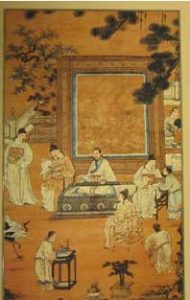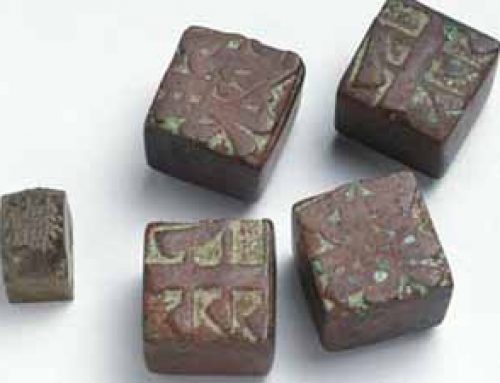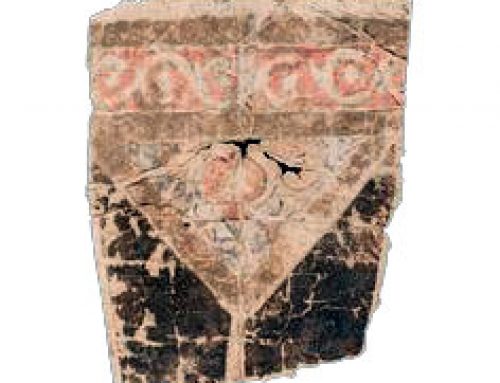
Ancient China education – a Chinese school (actually from the 1500s AD)
Most kids in ancient and medieval China never got a chance to go to school at all. They had to work hard in the fields, planting rice or millet and weeding the vegetables. They fed the chickens, or took care of their little brothers or sisters or cousins. They took care of the silkworms or unwound cocoons or spun thread.
Who went to school in ancient China?
But if you were a boy, and not enslaved, and your father could spare you from the fields, then he would send you to school. If there wasn’t a school in your village, you might have to go live with your relatives or with strangers in a bigger town.
At first your parents had to pay for you to go to school. But, beginning in the Han Dynasty, many schools were free, paid for by the Emperor. There were even a few schools for girls, but girls’ schools mostly taught girls to be obedient and not try to get any power.
(More about girls’ lives in ancient China)
Boys worked very hard in school, because school prepared you to take the government tests, and whoever scored highest on the tests could get a good job in the Chinese government. In order to give jobs fairly to the smartest men, only the test scores counted – not who your father was, or how much money you had, or how good a fighter you were.
What was a Chinese school day like?
Boys usually started school when they were about six years old. Elementary schools were very small, with only one teacher for the whole school. Most schools were in temples. You went to school every day, with no weekends, from about 6:00 in the morning until about 4:00 in the afternoon. There was one chair for the teacher, but the boys all sat on stools.
There weren’t any math lessons, or science. You learned how to read and write. Then you memorized page after page of Confucian philosophy and learned to write essays and poetry, and how to paint pictures.
(More about Confucian philosophy)
Very smart boys could try to pass a special test to get into special gifted programs. Otherwise, you stayed at this school until you were sixteen or seventeen, when you were ready for the first examinations.
Buddhist schools in medieval China
Starting about 500 AD, some boys and girls got an education in a different way, in the new Buddhist monasteries that Buddhist people were starting. Here children also learned how to read and write, but they did not learn painting or poetry; instead they learned Buddhist ideas.
(More about Buddhism in China)
By the time of the Ming Dynasty, beginning about 1400 AD, many rich women did learn to read and write at home. Some rich women wrote poetry and exchanged poems with their husbands.
Did you learn what you wanted to know about education in ancient China? Let us know in the comments!





Hi, am Hillary Mukunda from Kenya, congradulations its a good source for Chinese Education history keep it up
Thank you, Hillary! I’m glad we could help! We have lots of other articles on ancient China here: https://quatr.us/china-ancient-medieval-modern-china
hi,
I just need to know how did the young girls get taught if they didn’t go to school. Did their mother teach them or did they not get taught at all??? Please get back to me ASAP. Also great website.
Most girls in China did not learn to read or write, because they didn’t go to school. Their mothers taught them how to spin and weave, and how to take care of silkworms. They learned how to take care of babies, and how to clean houses, and cook, and manage servants if there were any. Some parents did homeschool their girls, though, and some girls ran businesses, or became poets and writers, or became queens.
thx
for my essay
thanks more for your lesson
You’re welcome! I’m glad you liked it.